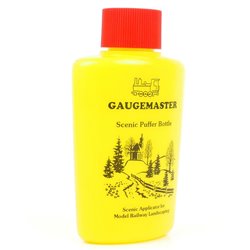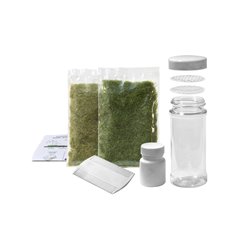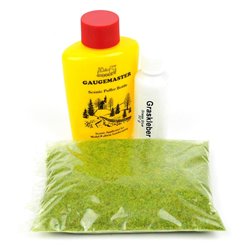Kato track is a popular choice in the world of model railways, known for its quality, ease of use and versatility. If...
No products
Product successfully added to your shopping cart
There are 0 items in your cart. There is 1 item in your cart.
Search Tips
Christmas and New Year
We are dispatching orders every weekday apart from Christmas Day, Boxing Day and New Year's Day.
If you order is time critical, select next day delivery at checkout.
The shop in Sandown is closed from 25th December, reopening on 30th December.
How to use a static grass puffer bottle
Static grass puffer bottles work by manually charging model grass fibres with static electricity. When the charged grass is then sprinkled onto a diorama prepared with glue, it will stand on end giving a realistic portrayal of grass.
The process begins by filling the puffer bottle about a quarter to a third full with grass fibres (static grass). The charge is then created by vigorously shaking the bottle by hand. Because the bottle is only a quarter full, the fibres have plenty of room to bounce around and rub against each other, this will provide them with enough charge to stand up when applied to your layout.
The grass will not achieve the same level of charge that it would have done had it been prepared in an electrically powered applicator, but it is certainly enough to create smaller or lighter areas of grass scenery. The effectiveness of puffer bottles can be further enhanced by using shorter grass fibres such as the 2mm option.
Puffer bottles are often included in 'static grass starter kits' to allow modellers to have a go at static grass without the larger financial commitment, but they can also be purchased on their own from most good model shops.
Click here to receive the tips weekly in your mailbox. You can unsubscribe at any time.










